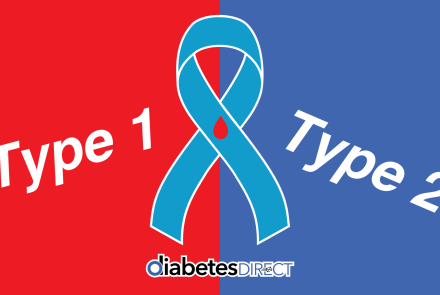How to Read Nutrition Labels Like a Pro
Nutrition labels are an important tool for making informed decisions about the foods we eat. However, they can also be confusing and misleading. In this blog, we will discuss how to be more savvy when reading nutrition labels.
Start with the Serving Size
The serving size is the first thing you should look at when reading a nutrition label. All of the information on the label is based on the serving size, so it is important to make sure you are comparing similar portion sizes when looking at different foods. Pay attention to the number of servings per container as well, as some packages may contain multiple servings.
Check the Calories
Calories are a measure of the energy in food, and they are an important consideration for weight management. Look for foods that are lower in calories and choose portion sizes that fit within your daily calorie needs. Keep in mind that some packaged foods may contain multiple servings, so be sure to adjust the calorie count accordingly.
Look for Total Fat, Saturated Fat, and Trans Fat
Fat is an important nutrient, but some types of fat can be harmful in large amounts. Look for foods that are lower in total fat, saturated fat, and trans fat. Saturated and trans fats are particularly harmful for heart health, so it is important to limit your intake of these types of fats.
Check the Sodium Content
Sodium is a mineral that is essential for health, but most people consume too much of it. Look for foods that are lower in sodium, especially if you have high blood pressure or other health conditions that require a low-sodium diet.
Pay Attention to Added Sugars
Added sugars are sugars that are added to foods during processing or preparation. They can contribute to weight gain, tooth decay, and other health problems. Look for foods that are lower in added sugars, and choose natural sources of sugar, such as fruit, instead.
Check the Fiber Content
Fiber is an important nutrient that can help with digestion, weight management, and blood sugar control. Look for foods that are higher in fiber, especially if you have diabetes or other health conditions that require a high-fiber diet.
Conclusion
Reading nutrition labels can be overwhelming, but it is an important skill for making informed decisions about the foods we eat. By starting with the serving size, checking the calories, fat, sodium, added sugars, and fiber content, you can make more informed choices about the foods you eat.
Remember to also consider the overall nutrient profile of foods, and choose a variety of foods from different food groups for optimal health. With a little bit of practice, you can become more savvy when reading nutrition labels and make healthier choices for yourself and your family.
- Log in to post comments






